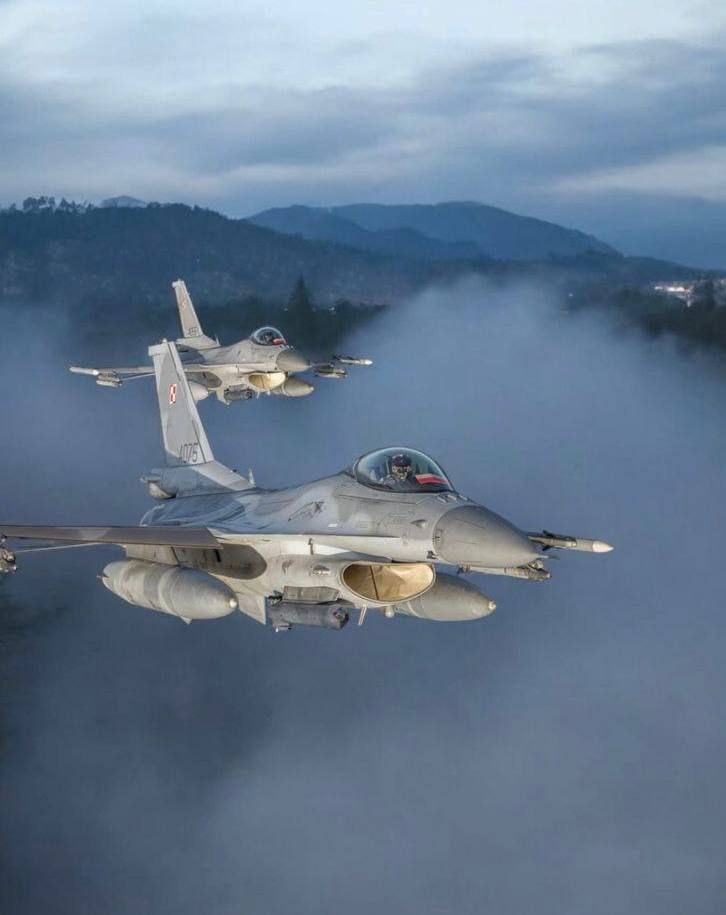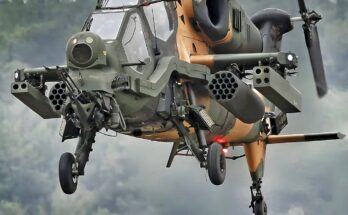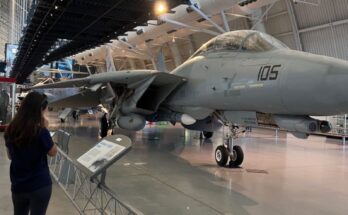
The F-16, often mistakenly called the “Raptor,” is officially known as the F-16 Fighting Falcon. It is one of the most successful multirole fighter aircraft in history, developed by General Dynamics (now Lockheed Martin) for the United States Air Force. Since its first flight in 1974, the F-16 has become a symbol of agility, versatility, and advanced fighter technology. With more than 4,600 units produced, it continues to serve in the air forces of over 25 nations around the world.
The F-16 was originally designed as a lightweight fighter to complement heavier aircraft such as the F-15 Eagle. Engineers focused on creating a jet that was cost-effective yet highly capable in air-to-air combat. Its sleek, aerodynamic frame, blended-wing design, and single-engine configuration made it a highly maneuverable aircraft. One of its groundbreaking features was the introduction of a fly-by-wire control system, which replaced traditional mechanical controls with electronic signals. This innovation allowed the jet to perform extreme maneuvers safely, giving pilots a decisive edge in dogfights.
Another key design element of the F-16 is the bubble canopy, which provides pilots with nearly unobstructed visibility. The cockpit seat is reclined at 30 degrees, reducing the effects of g-forces on the pilot during tight turns. Combined with the aircraft’s high thrust-to-weight ratio, the F-16 quickly earned a reputation as a pilot-friendly and deadly fighter.
In terms of combat roles, the F-16 is highly versatile. It can carry a wide range of weapons, including air-to-air missiles, precision-guided bombs, and electronic warfare pods. The aircraft is also equipped with a 20mm M61 Vulcan cannon, giving it a reliable close-range weapon. While originally designed for air superiority missions, the F-16 has evolved into a true multirole aircraft capable of ground attack, reconnaissance, and suppression of enemy air defenses.
The aircraft has seen combat in numerous conflicts, from the Gulf War in 1991 to more recent operations in the Middle East. Its proven combat record, adaptability to modern upgrades, and relatively low operating cost have made it a preferred choice for many allied air forces. Nations such as Israel, Turkey, South Korea, and Poland operate large fleets of F-16s, often customizing them with local modifications and weapon systems.
Over the decades, the F-16 has undergone continuous upgrades to keep pace with modern threats. Variants such as the F-16C/D and the newer F-16V “Viper” include advanced radar systems, improved avionics, and compatibility with next-generation weapons. These enhancements ensure that the aircraft remains relevant even in an era dominated by stealth fighters like the F-35.
Despite being nearly 50 years old, the F-16 is still in active production, a testament to its enduring design and combat effectiveness. It represents a bridge between older fourth-generation fighters and modern fifth-generation aircraft. For many nations, the F-16 remains the backbone of their air defense strategy.
In conclusion, while sometimes confused with the F-22 Raptor, the F-16 Fighting Falcon has earned its place in aviation history on its own merits. Agile, reliable, and adaptable, it is one of the most successful fighter jets ever built and continues to serve as a cornerstone of global air power.


